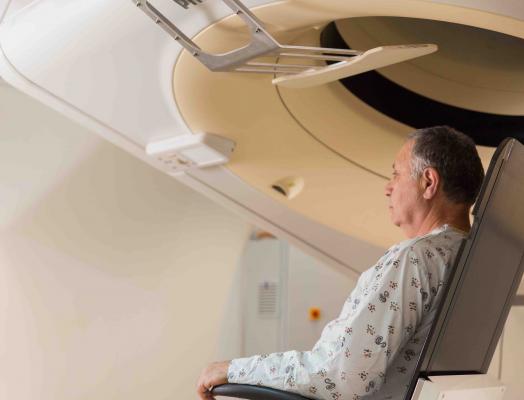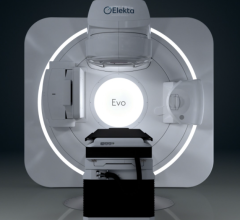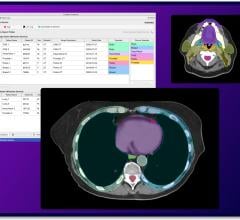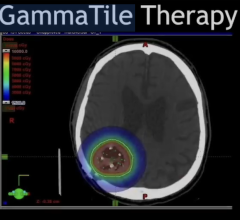
September 14, 2016 — P-Cure, provider of patient-centric solutions for proton therapy, has received U.S. Food and Drug Administration (FDA) approval for its patented upright imaging solution. The P-Cure system is based on diagnostic-quality computed tomography (CT) enabling treatment planning, positioning and treatment delivery for cancer patients in a seated position.
The P-Cure Patient-Centric solution is a change from the current method of treatment with the patient in the horizontal position.
“The benefits of treating patients in a seated position include greater patient comfort, less internal organ movement, better saliva drainage and a better position for breathing for asthmatic and other patients experiencing impaired breathing. It may also deliver less collateral radiation to sensitive organs while enabling greater accuracy in proton beam delivery,” said Michael Marash, Ph.D., founder and CEO of P-Cure.
Adult and pediatric patients who will initially benefit will be those treated for cancers of the lung, breast, chest, the head and neck, and lower torso.
In addition to the clinical benefits of P-Cure’s solution, there are also significant economic advantages to treating patients in a seated position. With P-Cure, oncologists can develop a compact, gantry-less proton center for significantly less capital and operating costs, essentially making proton therapy more widely available and attainable.
Because of the high capital costs, proton therapy is currently only available to less than 1 percent of patients who could potentially benefit from it. The P-Cure gantry-less system significantly reduces many factors associated with proton therapy including the capital cost of equipment and construction, the size of a single room center or multi-room expandable center, and the time from center planning to treatment.
For more information: www.p-cure.com


 May 15, 2024
May 15, 2024 








